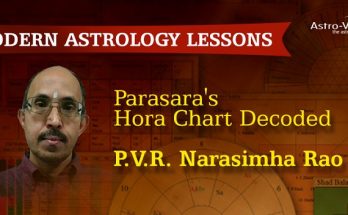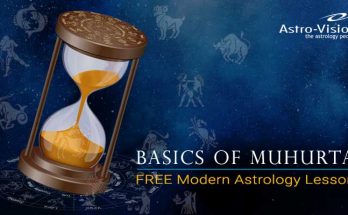Retrogression Defined
According to Bhavarta Ratnakara, the planet which is in the 2nd from the Sun becomes the fast moving planet. The planet which is in the 3rd from the Sun gets normal motion. The planet which is in the 4th from the Sun becomes a slow moving one. Planets in the 5th and the 6th from the Sun are retrograde. Planets in the 7th and the 8th from the Sun become retrograde. The motion becomes curved if the position of the planet is the 9th and 10th from the Sun. The motion is with abnormal speed when the planet is in the 11th and the 12th from the Sun.
Apparent Phenomenon
The Sun and Moon are always in direct motion while Rahu and Ketu are always in backward motion. The other planets Mars, Jupiter, Mercury, Venus and Saturn too have retrograde motion. In view of the difference in the speeds of planets during retrogression a planet appears to be moving backwards entirely due to our Earth-based view. The apparent stopping is known as being ‘stationary’ and the apparent backward motion is ‘retrograde’ motion. It is only apparent backward motion since no planet actually moves backwards except the Nodes.
Mercury
Mercury goes into retrogression 4 times a year, more frequent than other planets. This retrogression disrupts the thinking mind, communications, the ability to come to an agreement with others, decision-making etc. It is best not to make important decisions at the time of Mercury’s retrogression.
Venus retrogrades every 18 months which reveals weak links in a relationship. When Venus retrogrades the usual sense of what is beautiful, pleasant and attractive is suspended. Venus’ retrograde motion lasts for 42 days. During retrogression of Mars (every 2 years for about 2 months) what one desires to do is prevented and one’s ability to express one’s will gets thwarted. Actions are delayed and pressures build up. Sometimes great accomplishments may also be there. One has to find out what keeps them from effective action. There may be overactive temper, impatience in any activity and lack of awareness. During this period, perseverance is required and it is not easy to work with others.
Saturn’s retrogression teaches discipline. It is the least pleasant experience. The native becomes less flexible and less adaptable and suffers when the external situation requires change. It teaches us responsibility and about claiming our authority. Saturn in the 10th in retrogression makes the native suffer reversals at some stage in life. Retrograde Saturn becomes highly malefic. Saturn’s retrogression lasts 140 days and is stationary for 5 days before and after retrogression.
Uttarakalamitra, Chapter 2, says that when a planet is conjoined with Mars it results in some women frequently going against their own desires, the subconsciousness seeking an excuse for the failure. If a planet is conjoined with a retrograde planet, its strength increases. The influence of a benefic is weakened when retrograde. When malefics turn retrograde their malefic nature increases. Some believe that there is no difference and that retrograde planets neither lose strength nor are they harmful.
This is not good for one’s finance, progeny, fate, reputation and married life. The working environment will not be congenial but at the same time there is no bar in getting good results. Retrograde planets do not deny whatever results they have to give in their Bhukti or Antara periods. It contributes to frustrating delays whenever a planet is retrograde in transit. It does not deny favorable results when in direct motion.
Courtesy: Modern Astrology(N.Kunjammal)
to be continued.…..








One Comment on “Understanding Retrograde Planets – Part I”